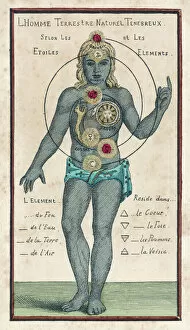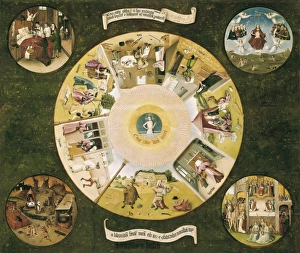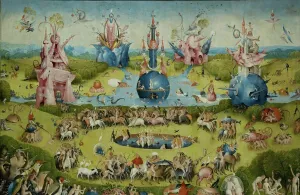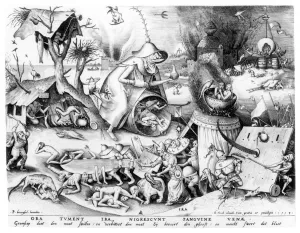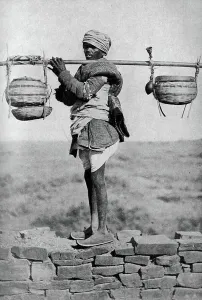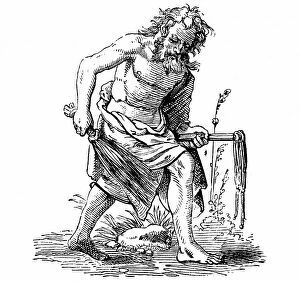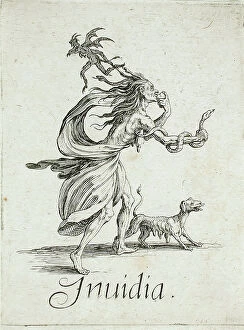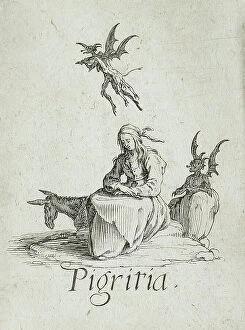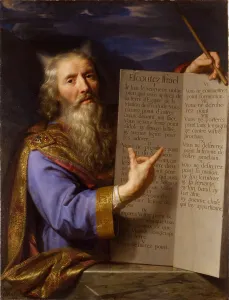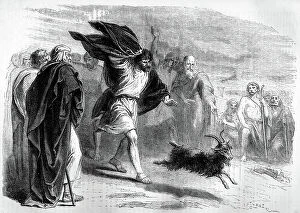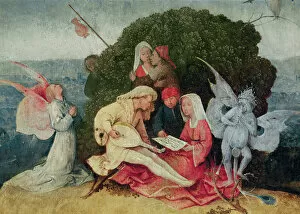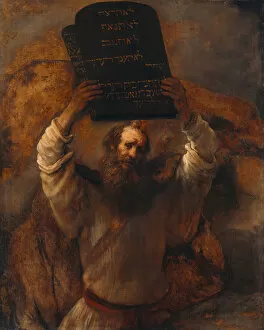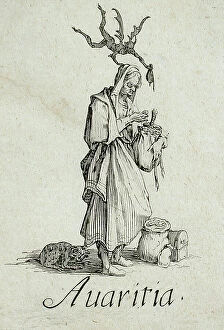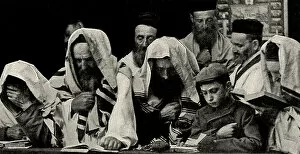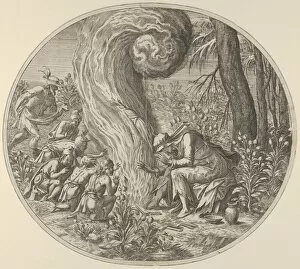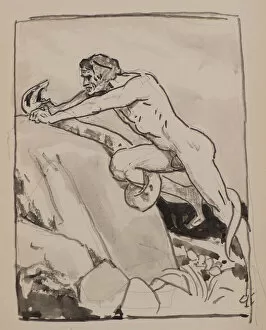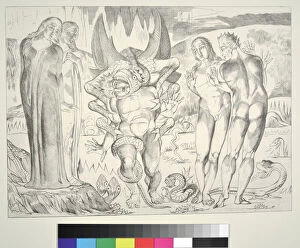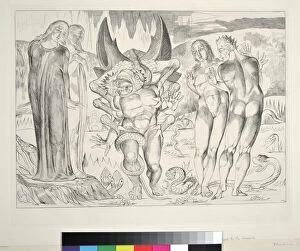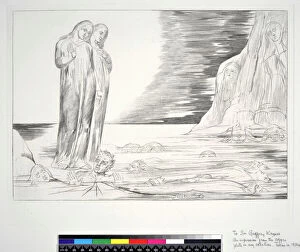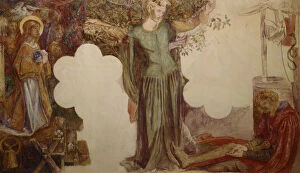Sins Collection
"Sins: Exploring the Depths of Human Nature through Art and Belief" From the intricate brushstrokes of Hieronymus Van Aeken, also known as Bosch
All Professionally Made to Order for Quick Shipping
"Sins: Exploring the Depths of Human Nature through Art and Belief" From the intricate brushstrokes of Hieronymus Van Aeken, also known as Bosch, to the vibrant colors of "The Garden of Earthly Delights, " they have been a subject that has captivated artists for centuries. In 1450-1516, Bosch delved into the darkest corners of human behavior with his thought-provoking works. His paintings like "The Garden of Earthly Delights" depicted a surreal world filled with temptation and indulgence, where sinners faced their consequences in vivid detail. But they were not only explored through visual art; they found their way into various religious beliefs as well. Theosophy Chakras in 1696 introduced the concept of seven deadly sins - pride, greed, lust, envy, gluttony, wrath (anger), and sloth - which became deeply rooted in Christian theology. Religious icons such as Novgorod Icon's "Last Judgement" reminded believers about the eternal struggle between good and evil. These powerful depictions served as reminders to seek redemption from one's sinful nature. Engravings like "Anger (Ira)" from the series on The Seven Deadly Sins showcased how these vices could consume individuals if left unchecked. They urged viewers to reflect upon their own flaws and strive for self-improvement. Across cultures and time periods, rituals surrounding death often incorporated notions of atonement for past transgressions. ETHIOPIAN DEATH RITE exemplified this idea by emphasizing forgiveness and cleansing before departing this earthly realm. Jewish tradition observed Day of Atonement or Yom Kippur annually—a day dedicated to repentance and seeking forgiveness from both God and fellow humans. Moses' depiction holding Ten Commandments symbolized humanity's constant struggle against committing sinful acts while striving for moral righteousness.

